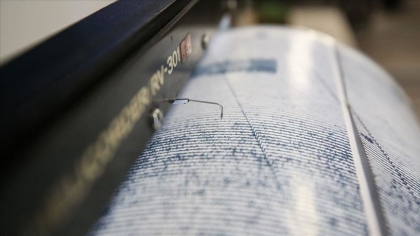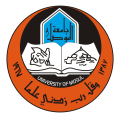The Seismic Monitoring Department at the Ministry of Transport announced yesterday , Friday, that the tremors recorded by the observatories in the Sharqat district in Salah al-Din Governorate were natural, and that the observatories recorded in 2012 a magnitude of five degrees .
Director of the Seismic Monitoring Department, Ali Abdul Khaliq, said, “The seismic activity in the Sharqat district and its surroundings comes from the activity of natural earthquakes that are recorded from time to time, and the region was exposed to two earthquakes within 24 hours .”
The first earthquake was in Salah al-Din Governorate, 30 km from Sharqat District, with a magnitude of 4.5 degrees, and the second earthquake was 17 km to the south, with a magnitude of 3.7 degrees, which is within the normal range for earthquakes .
Abdul Khaliq added, “Stone collapses on the slopes of the Makhoul Mountains occurred due to the earthquake that occurred with a magnitude of 4.5 in Salah al-Din, and its epicenter was 30 km south of the governorate, which is a natural thing because these are tremors that result in stones falling from the mountaintops .”
He stressed that “the Halabja, Kalar and Khanaqin triangle became active after a strong earthquake was recorded in Halabja within the Kurdistan Region in 2017, which caused the movement of the ground faults, and when they moved, the region became seismically active .”
Abdul Khaliq continued: “Our observatories record between one and seven tremors daily, with strengths ranging from one to two on the Richter scale, in addition to recording a weekly tremor of three degrees that is felt but is not strong and does not cause material losses .”
He pointed out that “Iraq is located within the Arabian plate, which meets the Turkish (Anatolian) plate and the Iranian plate within the border area between the three countries, specifically within the Zagros Mountains in the northeastern part of Iraq. When the tectonic faults move within the Zagros Mountains, the Iraqi-Arab plate collides with the Anatolian and Iranian plates, causing earthquakes .”
He concluded by saying: “The Turkish Anatolian Plate has become very active, which is why strong earthquakes occur in Türkiye, including what happened during the past two days with strong earthquakes.”






